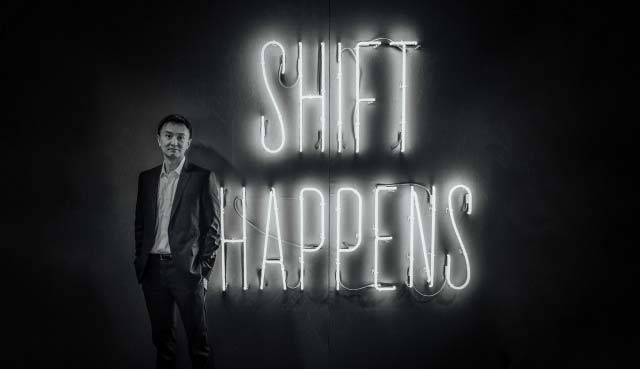Integrating products and services isn’t a new concept. There have always been after-market maintenance solutions, and at a very basic level IoT could be considered a virtual break/fix plan. The first wave of IoT will probably consist of devices that can diagnose their own problems and schedule their own field technician calls. But then things will get much more interesting. IoT will move beyond efficiency and into possibility. When companies can actually start selling the outcome that the product was purchased for, then the product itself becomes an ancillary means to an end.
Hence the recent popularity of service level agreements: a healthcare IT firm signs a contract with a hospital promising to reduce its patient re-admittance rate by a certain percent. SpaceX signs a service level agreement with NASA guaranteeing a particular cabin environment to transport lab rats to the ISS. Caterpillar asks clients how much earth they need moved, not how many tractors they want to buy.
All hard good OEMs (original equipment manufacturers) are moving in this direction. Philips makes thousands of products, but these days they refer to themselves as a technology solutions partner. Here are the words of their CEO from their annual report: “With the transformation of our business model architecture, we are increasingly becoming a technology solutions partner, with recurring revenue streams accounting for over 25% of sales. And we are shifting from transactions to relationships via service and solution business models.”
Iot: Services and solutions
Similarly, Schneider Electric uses the word “solutions” in their most recent annual report: “With the completion of the Invensys acquisition, we have built an integrated portfolio of energy and efficiency solutions to serve the customers of our four key markets.” Thermo Fisher Scientific makes amazing high-end scientific and medical equipment (their human genome scanner is the size of a toaster oven). For Thermo Fisher, the first step in connecting their devices was about efficiency: low supply alerts, part service notifications, etc.
But the next step was about possibility: What if we lower the cost of our equipment, and starting selling small university labs subscriptions to powerful analytic platforms? What if we can give a doctor in a developing country the same big data capabilities as the CDC headquarters in Atlanta? The products themselves start fading from the bigger picture.
Meeting the demands of today's consumer
Whether they make scanners or tractors, companies are going to be talking to their products constantly, and data through fiber will be as important as electricity through copper. But IoT isn’t just about allowing companies to go beyond static products. IoT is about enabling companies to meet the demands of today’s changing consumer.
Consumers today are more informed and demanding than they were ten years ago by an order of magnitude. They have the world’s store of knowledge at their fingertips. They expect ongoing value and unique experiences. And they’re not as interested in methods as they are outcomes.
Stand-alone products don’t cut it anymore. Other than picking a color or slapping a monogram on it, a stand-alone product can’t be personalized. A product can’t learn your behavior and preferences. A product can’t be constantly upgraded, so that it gets better and better — instead, it simply gets obsolete. People increasingly view owning something as simply managing the decline of a physical asset.
The subscription experience
To meet the expectations of today’s customer, companies must move beyond products into services — from a product experience to a subscription experience. They have to create services that can learn and adapt based on behavior. Services that can improve themselves autonomously. Services that can be truly customized.
Sure, there will always be an actual physical object involved, but the point isn’t to ask “What can an Internet–enabled device do?” but rather “What do customers really want, and how can I deliver that as an intuitive service, rather than a stand-alone product?”
Nest isn’t just a thermostat remembers your heating patterns after a week, it’s a central nervous system for your house that tells you when particulates are in your air, or raccoons are in your yard. An Autonet Mobile connected car isn’t just a vehicle with a 4G connection and a map (something you can get with your phone, anyway). It’s a diagnostic system on wheels that tells your garage to schedule an emissions-level check or lets you know when your teenager is driving too fast.
The next eighteen months will see a tectonic consumer shift towards connected devices, from automobiles to homes to wearables. To meet the demands of today’s consumer, companies will need a clean break from their old product-based business models. They will need to reinvent themselves as subscription-based platforms.
There will be as many failures as successes, and here at Zuora we’re very excited to be right in the middle of it. We’re having conversations with some of the best and biggest manufacturing companies in the world. Because ultimately IoT is not just about extending a product’s capabilities. It’s about creating a world where a product is not a product — it’s a service. Arrow did it. Lowe’s did it. And trust us, many others are coming.
